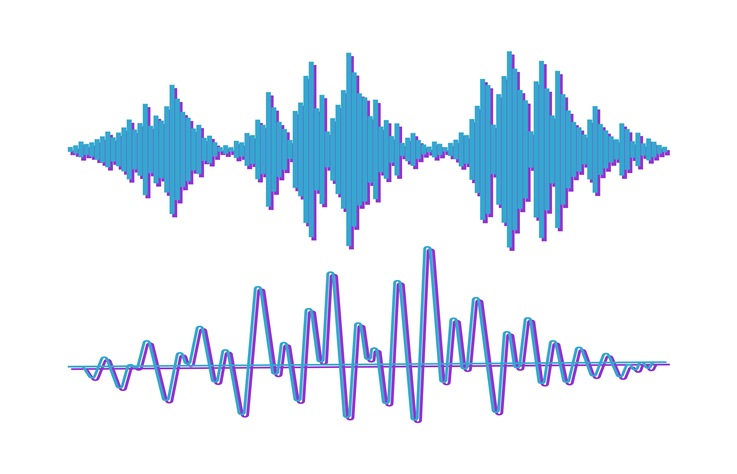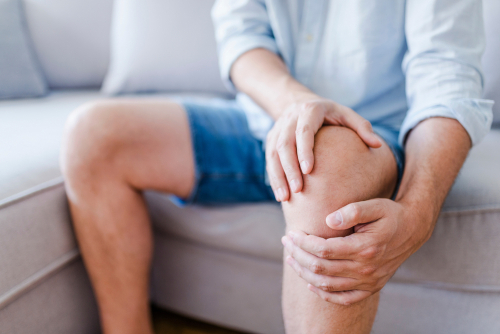
Researchers of a new study have discovered that the use of certain audio signals may be able to differentiate knees with osteoarthritis (OA) from healthy ones.
The technique involves the use of acoustic emission (AE). AE is defined as “a naturally occurring phenomenon within materials … [and] the transient elastic waves that result from a sudden strain energy release within a material due to the occurrence of microstructural changes. If enough energy is released, audible sounds are produced.”
“The diagnosis of knee OA relies on X-radiology and involves a combination of structural features and pain symptoms,” wrote the study authors, whose report was published in PLOS ONE. “However, X-ray features correlate poorly with pain symptoms and are not useful in diagnosing early knee OA.”
To conduct their study, the researchers recruited adults with X-ray Kellgren-Lawrence (KL) scores ≥ 1. Patients were excluded if they had significant comorbidities or prior knee surgery. Patients underwent AE measurement and clinical assessment either for one day or for repeated measurements on three consecutive days and three consecutive weeks. The repeated measurement patients underwent AE measurement performed by each of the three AE-trained research practitioners (RPs). When the AE measurement was complete, the sensor was removed and the next RP re-attached it; measurements that took place on future days were done by the same RP.
Regarding AE recording, the researchers described, “Wide-band AE S9204 sensors (Mistras Group Ltd), with a high sensitivity in the range of 50kHz– 200kHz recorded bursts of acoustic energy generated by stress and friction between joint components during weight-bearing movement. AE data acquisition operates in event-based recording mode, such that signals must have significant amplitude to be recorded as an AE ‘hit.’”
Of 89 patients with knee pain recruited, full datasets were available for 68 (36 males, 32 females). Most patients (n = 27) had a KL score of 3; 12 had a 1, 22 had a 2, and seven had a 4.
Patients self-reported their worse knee, which allowed researchers to explore differences in AE measurement and associated AE markers. “Using this approach we identified 4 initial candidate AE biomarkers, of which ‘number of hits’ showed the best reproducibility, in terms of within-session, day to day, week to week, between-practitioner, and between-machine variation, at 2 different machine upper frequency settings,” explained the study authors. Knees with KL scores of 2 had a higher “number of hits” than those with a KL score of 1; “hits” were also significantly associated with pain in the contralateral knee as well as body weight. These “hits” were primarily observed in two of four defined movement quadrants.
“This work is very exciting because it involves scientists and clinicians working together as a team to develop an entirely new approach,” said study author emeritus professor John Goodacre MD, PhD, of Lancaster University, in a press release. “Potentially, this could transform ways in which knee OA is managed. It will enable better diagnosis, and will enable treatments to be tailored more precisely according to individual knee condition. It will also enable faster, bigger and better clinical trials of new treatments.”







 © 2025 Mashup Media, LLC, a Formedics Property. All Rights Reserved.
© 2025 Mashup Media, LLC, a Formedics Property. All Rights Reserved.